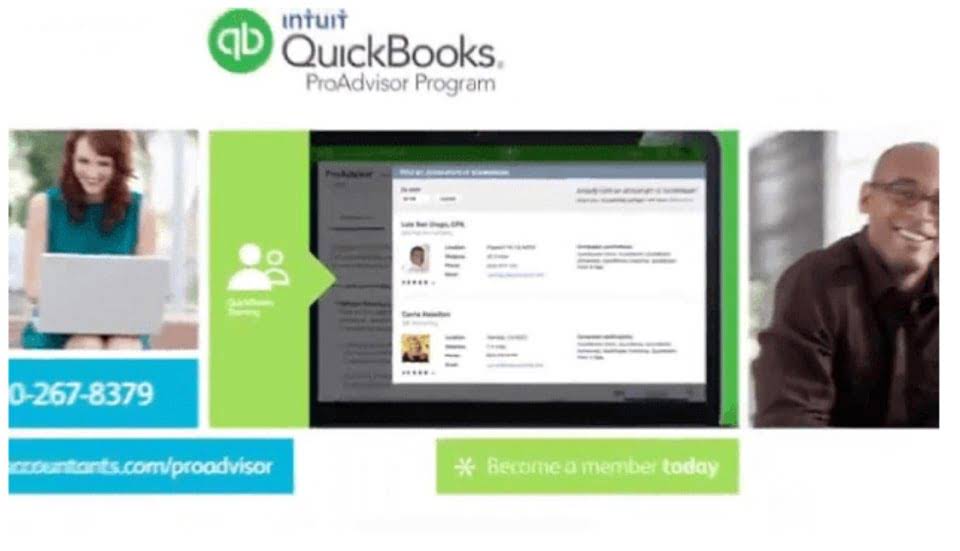
Your owners’ equity is the sum of the owners’ initial investment when you launched your firm, plus any retained earnings they have invested since then. For many businesses, the key is finding the sweet spot for both price and volume. Consider asking the prospective accountant about their familiarity with employment tax regulations and whether they have worked with independent contractors common in the legal industry. With QuickBooks, lawyers can easily conduct three-way reconciliations, saving time and reducing errors. Moreover, QuickBooks automates the invoicing process for attorneys, which not only saves time but also ensures accuracy. Additionally, choosing payment providers with fee structures that do not adversely impact the recording transactions firm’s bottom line is essential for maintaining financial stability.
How often should a Chart of Accounts be updated?

By establishing a clear hierarchy based on account types, such as assets, liabilities, revenue, and expenses, it provides a standardized framework for recording and classifying financial data. When it comes to accounting for law firms, there’s no one “right” method (though you may be required to take on the accrual method). Some software platforms allow you to use accrual-based books for monthly management of the firm while also creating cash-basis statements for preparing tax returns.
Differentiating Between Accounting and Bookkeeping for Law Firms
- Interestingly, tax deductions can ease the burden when used correctly—yet not all lawyers are up-to-date on their tax deductions.
- To ensure your firm’s financial statements are accurate, complete, and up-to-date, you need to use sound bookkeeping for attorneys.
- This ensures each transaction is accurately recorded and balanced, preventing errors that could throw off the entire ledger balance.
- Clio Manage is a software tailored for law firms to handle the business side efficiently.
- Reference it as a guide and adjust as needed to reflect your firm’s financial situation.
- By carefully comparing these three sets of data, law firms can maintain stricter control over their financial transactions and ensure compliance with regulatory requirements.
- Integrating your chart of accounts with CaseFox software streamlines financial management processes for your law firm.
A chart of accounts in a law firm consists of key components like assets, liabilities, revenue, and expenses. Each category contains specific accounts representing different financial transactions. For example, assets include cash, accounts receivable, and property, while liabilities encompass loans, accounts payable, and accrued expenses. Revenue accounts represent income sources, like legal fees, and expense accounts cover costs such as office rent and salaries. These components establish a structured framework for managing financial data, aiding law firms in managing resources and making informed decisions.
Trust Interest Payable
- With double-entry accounting, it becomes easier to spot mistakes and maintain precise financial records for law firms.
- Use software such as Clio Manage to help track your billable time, expenses and revenue.
- By assigning specific codes and names to various accounts, a chart of accounts enables accurate tracking.
- These lawyers don’t see the true health of their business and are likely not making as much as they should.
- Committing to accounting for law firms will allow you to be better equipped to identify growth opportunities.
- It also allows the customization of accounts to fit each firm’s unique needs, ensuring that complex transactions like client trust funds or partner distributions are correctly classified.
- With the help of your accountant or bookkeeper, consider how you can organize your chart of accounts into broad, understandable, and useful categories.
Healthy businesses should aim to generate 10-15% of their income in profits. You can use your cash flow statement to understand why you’re not generating a cash surplus from your business activities. In this blog, we will be telling you about the meaning and importance of chart of accounts. We will also be telling you https://www.bookstime.com/ about the importance and benefits of integrating the chart of accounts with CaseFox. Intuitive legal practice features to help large-sized firms attain peak efficiency. Below is a breakdown of what each category means and how to implement each into your firm’s accounting chart.

Quickbooks is the easiest way for organizing all of your legal accounting. It also integrates with MyCase legal case management software which makes managing firm finances easier with legal invoicing, time tracking, financial reporting, legal payment collection, and automated workflows. All state bar associations require every law firm to list detailed and accurate records of all incoming and outgoing money from trust accounts. Make sure to check with your local state bar association for specific standards about trust accounts and IOLTA. Once you understand the basics, consider hiring an accountant, either as a contractor or as an employee. They can help level up your firm and make the legal accounting process even smoother by adding legal accounting and legal law firm chart of accounts practice management software to your firm’s toolkit.
- Law firms that bring in legal accounting software can save time and cut down on mistakes.
- Consistent monitoring and updating of the budget are necessary to ensure that it aligns with the firm’s financial goals.
- Offering equity ownership as part of a lawyer’s compensation package can be a way to get good lawyers to join the company and keep them there for a long time.
- If you point it to the expense account, using the item reduces total expense.
- The difference between the billable expenses and the income will show how much your client’s law practice has in outstanding reimbursable expenses.
- Liabilities are an extensive set of accounts that show the debts and obligations a company owes to outside parties.
Revenue

You can use the Customer Type field on the Additional Info tab to track Type of Matter for purposes of reporting. If you want to track additional information regarding the Matter, you can set up Custom Fields on this screen and fill them in here. You also need to set up an Other Current Liability account to track the client’s costs and deposits.

When assembling your chart, speak with an accounting expert who is experienced with law firms and can provide a law firm chart of accounts sample. A good law firm chart of accounts sample will include the main elements listed within this article—properly itemized and separated by your accounting expert or experienced lawyer. This is because a professional legal bookkeeper and accountant can help you manage your firm’s revenue and ensure your firm’s financial transactions are handled ethically and accurately. Bookkeepers record the financial transactions and balance the financial accounts for your firm. Legal bookkeeping takes place before any accounting can occur and is an important administrative task for any law firm.
Use financial reporting to identify opportunities

Lawyers who want to represent clients in such cases need to study accounting fundamentals and familiarize themselves with financial statements. One way or another, your firm will need to create and use a full range of legal specific accounts in your accounting system. Unfortunately, the easy way isn’t always the first way that comes to mind. By adopting these strategies, law firms can streamline their financial management processes without solely relying on external professional assistance. Additionally, hiring a professional legal accountant or bookkeeper with experience in law firm accounting is a common practice to minimize these errors. To identify growth opportunities, law firms can utilize financial reports and statements.
